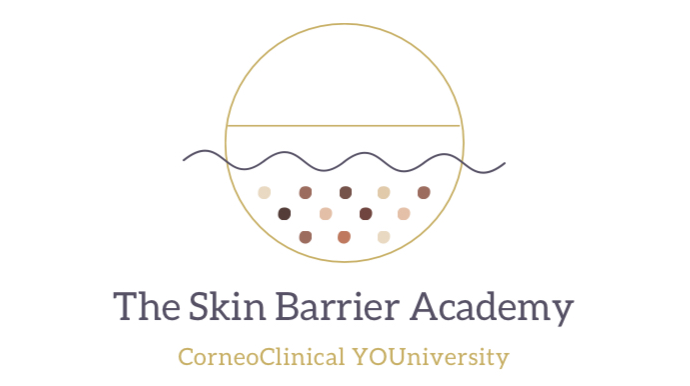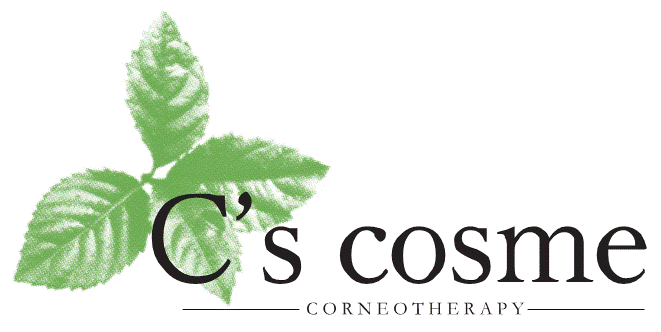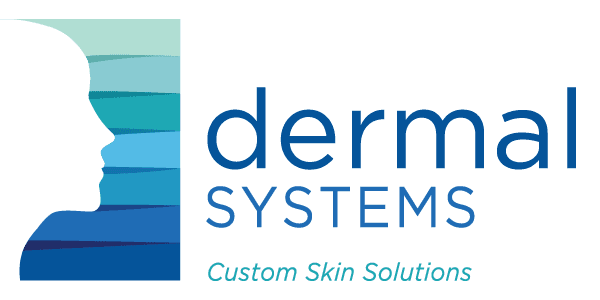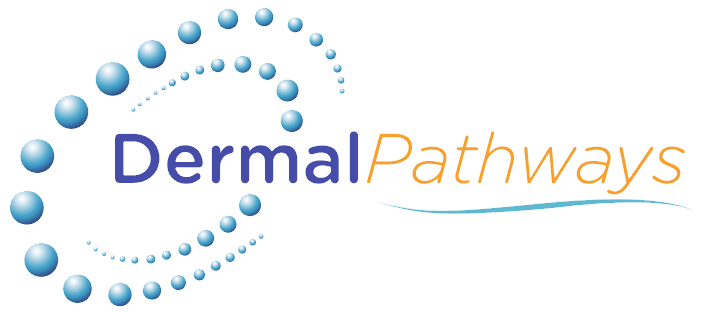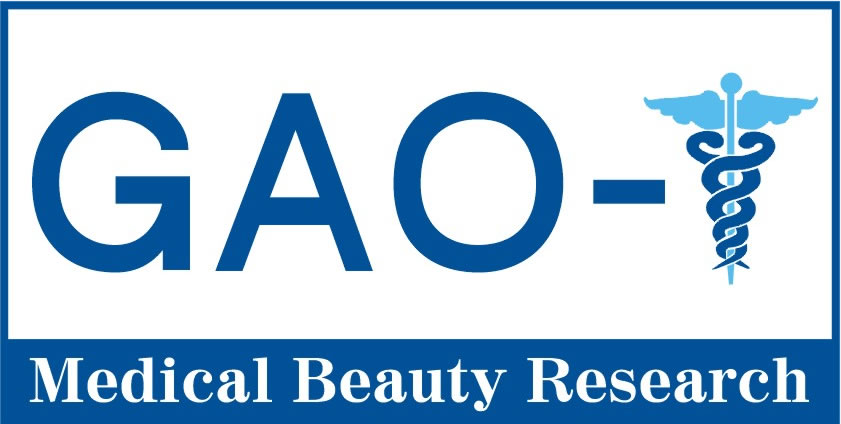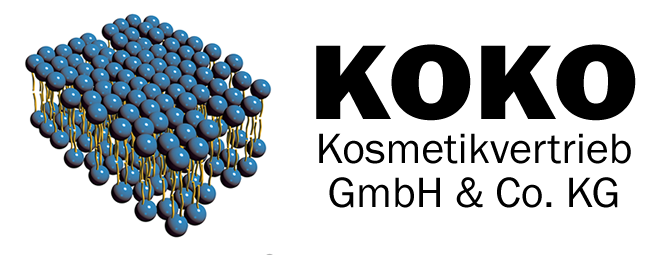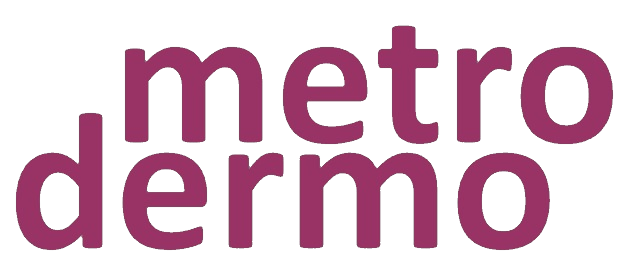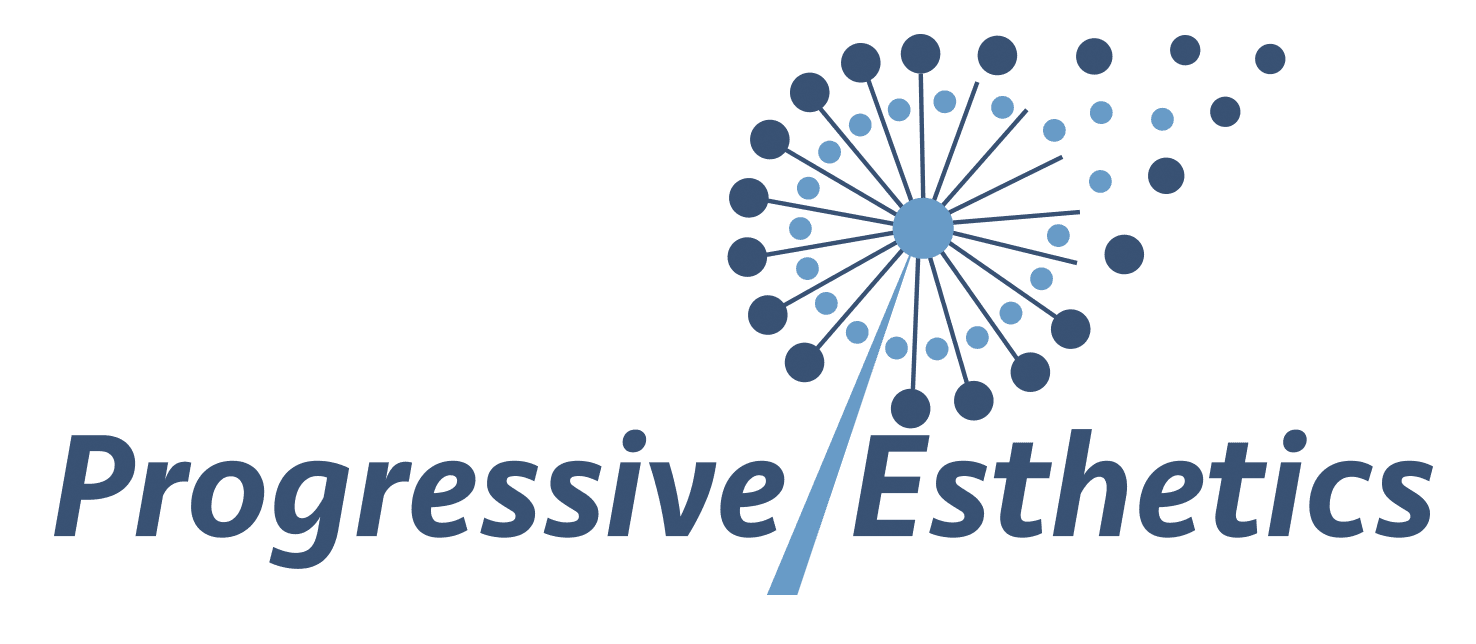
By Cornelia KECK Ph.D.
(Germany)
Pharmacist
Department of Pharmaceutics and Biopharmaceutics, Philipps-Universit~t, Marburg, Germany
Scientific Advisory Board of International Association for Applied Corneotherapy (I.A.C.)
There are many different kinds of facial treatments. The most prominent used treatments include cleansing, masks, sera, lotions and creams. Besides formulations that are applied on the skin, the skin can also be treated with mechanical treatments. This includes skin massage and/ or the use of devices, for example microneedles (derma rollers), ultrasound or dermabrasion. Recent trends now use a combination of both methods, i.e., skin treatment with a combination of formulations that are applied on the skin and physical skin treatments. The article reviews which kind of treatment is most suitable for skin care and efficient, long-lasting delivery of active compounds into the skin.
AIMS OF SKIN TREATMENTS
Treating the skin can have different purposes. When using cosmetic products, it is mainly the aim to improve and restore the function and integrity of the skin. This aim is named corneotherapy. In addition, skin treatments can be used to deliver active compounds onto, into or through the skin. This aim is named drug delivery. In case both aims are combined the "2 in1 aim is called "advanced corneotherapy" [1].
DRUG DELIVERY
Drug delivery means that an active compound is transported to the desired site of action. In case of dermal drug delivery, the desired site of action can be on top of the skin, within the stratum corneum (SC), epidermis or in deeper layers of the viable dermis (Fig. 1).

Besides dermal drug delivery, drug delivery to the hair follicles, sebaceous glands or sweet glands can also be of interest [2]. Efficient drug delivery and skin treatment therefore starts with a thoughtful consideration where the active compound is really needed.
The second step considers the required amount of active compound and the time period. If the available amount of active compound is too low, there will be no activity. If the amount is too high undesired side effects, i.e., toxic effects can occur. Despite the amount, also the time during which the active ingredient is available is important.
Some compounds need to act fast (for example disinfectants) and others are needed on the long term (for example antioxidants that fight free radicals).
Efficient dermal formulations are able to act as vehicle for active compounds. The vehicle is designed to transport the active compound in the required dose and time to the desired site of action. Cosmetic formulations that fullfill these criteria are called cosmeceuticals. The term was first coined by Albert Kligman who was the first really addressing this important issue not only for pharmaceutical but also for cosmetic formulations.
The cosmeceutical principle is now known for many decades. However, only little knowledge is available for a meaningful selection of optimal dermal vehicles. This means, a formulation scientist cannot know which vehicle (lotion, cream, gel, ointment) is best for optimized delivery of a specific active ingredient.
This means, to ensure if the delivery of an active ingredient is really successful needs to be tested on a case-by-case basis. Many different test principles are available for this. Examples are in-vitro test methods (for example Franz diffusion cells), ex vivo methods (for example fresh porcine ears) or in vivo tests (animal or human studies).
In vivo studies provide most relevant data, but it is not always possible to carry out these studies. In some cases in vivo studies are not feasible. For example, if the penetration depth of a compound needs to be determined.
This would require a removal of the skin and subsequent analysis of the skin layers for the amount of penetrated active ingredient. This procedure is harmful and painful and therefore ex vivo and in vitro setups are more useful for such purposes. In vitro setups are often not too much predictive, because the setup is too far away from a physiological setup. This can lead to artefacts and misleading results, therefore. Due to this, at present- the "golden middie", i.e., the ex vivo porcine ear model, is considered to be the most suitable test method to predict the bioefficacy of dermal formulations.
THE EX-VIVO PORCINE EAR MODEL FOR THE PREDICTION OF SUSTAINABLE SKIN TREATMENTS
The ex vivo porcine ear model uses fresh porcine ears that are obtained from a local slaughterhouse. The skin is still in contact with the cartilage and thus, skin tension, water content and elasticity are not modified. Skin probes, i.e., Tewameter, Corneometer, pH-Meter etc., can be used to determine the bio-physical skin parameters of the ears.
The parameters are comparable to parameters assessed from human skin and thus the measurements of the skin parameters give good estimates on the skin condition of the ears. The ears are used as surrogates for human skin. For the prediction of the penetration efficacy formulations are applied on the porcine ears. After incubation the formulations are removed, and the skin is sectionized.
Subsequently, the skin sections obtained are analyzed regarding the amount of penetrated active compounds. From the data obtained space- and time resolved penetration profiles are obtained. Penetration profiles from different formulations can be compared to each other, thus, enabling a meaningful selection of suitable and non-suitable formulations.
In addition to the penetration profiles, the skin properties (hydration, transepidermal water loss, pH, roughness, etc.) of the skin prior to and after the skin treatment can be assessed. This allows to estimate if a formulation has skin harming or skin carrying properties. In fact, the ex vivo porcine ear model can be used to select formulations with a "2 in 1 effect and is therefore a powerful model for the development of optimal vehicles for "advanced corneotherapy" dermal products [3,4].
Textbook knowledge states that sustainable, i.e., long lasting, skin formulations should enable a long retention time of the formulation on the skin. It is believed that in this way there will be enough time for the active ingredient to penetrate from the vehicle into the skin.
Furthermore, it is considered that the matrix of the vehicle should provide an "inconvenient" environment (poor solubility) for the active ingredient. Hence, the skin should be more convenient (better solvent) for the active ingredient.
After application of the vehicle on the skin the active ingredient, which is considered to enter the skin via passive diffusion (it goes from a higher concentration to a lower concentration), would then quickly leave the "inconvenient" environment (the vehicle) and enter the skin, i.e., the more convenient environment. The principle is known as push effect. It is known since many decades and therefore today many vehicles are designed to deliver the active ingredient effectively via the push effect.
This means if a deep penetration of the active ingredient into the skin is desired, hydrophilic active compounds are formulated in hydrophobic vehicles and lipophilic active compounds are formulated in hydrophilic vehicles [2].
SUSTAINABLE SKIN TREATMENTS - FUTURE TRENDS
Very recent research could now provide a more detailed understanding on the mechanism of dermal penetration. It could show that active ingredients enter the skin not only via a push effect but also via a pull effect. The pull effect means that after application of dermal formulations liquids from the formulations can also penetrate the skin.
Active ingredients that are dissolved in these liquids are pulled into the skin with these liquids. Liquids that enter the skin can be for example water, oils or other liquids, e.g., ethanol or mineral oil.
If penetration of liquids occurs, it occurs fast. Hence, the pull effect will be dominant over the slower push effect [S]. As a consequence, for efficient dermal delivery of active compounds, future formulations should consider the pull effect. This means if a deep penetration of the active ingredient into the skin is desired, hydrophilic active compounds should be formulated in hydrophilic vehicles and lipophilic active compounds should be formulated in hydrophobic vehicles. The vehicles should be able to release the liquids to enable an efficient penetration into the skin.
Interestingly, very recent research also found that the incorporation of many different active compounds in one formulation causes a "penetration competition". The effect can be explained as follows: The skin can be considered as a reservoir that can only take up a limited volume of liquid. The liquid can host a limited number of dissolved molecules.
If one active compound is dissolved in the liquid, 100% of the "space" for dissolvable molecules is occupied by the molecules of that active compound. If other active ingredients are also dissolved in the liquid, they will also require space for dissolvable molecules within the liquid and will thus reduce the number of dissolved molecules for other active ingredients [6]. Therefore, for efficient drug delivery the number of different dissolved (active) compounds in the formulation should be as small as possible. The finding implies that also other dissolved active compounds in the formulation can displace active ingredients in the liquid and hinder their penetration into the skin.
Such ingredients can be preservatives, perfumes or other ingredients. Therefore, as a rule of thumb, efficient dermal formulations should contain only the ingredients that are really needed. Any additional ingredient might hinder the penetration of the active ingredients. Of course, if formulations are needed that provide no penetration of active ingredients (treatment of skin surface only) the formulation principles explained should be reversed.
SUSTAINABLE SKIN TREATMENTS - INFLUENCE OF PHYSICAL SKIN TREATMENTS
The most often applied physical skin treatment is massage. However, new trends involve also other physical skin treatments, i.e., iontophoresis, ultrasound, dermabrasion or microneedeling. The treatments are used to improve the dermal penetration efficacy of active compounds. However, a very recent study could now show that physical skin treatments are not always good for enhanced penetration of active compounds into the skin [7]. The reason is that the corneocytes of the stratum corneum must be considered to behave like sponges that hold water that is released once pressure is applied. This means, the pressure during skin massage causes the corneocytes to release water. The squeezed-out water is released in the intercellular space of the stratum corneum and depending on the pressure applied it can also locate on top of the skin (Fig. 2).

The amount of squeezed out water depends on the pressure applied but also on the skin condition, i.e., moist skin will release more water than dry skin. The new findings suggest that the squeezed-out water can act as a barrier that prevents the penetration of lipophilic compounds. A similar trend was found for skin treated with ultrasound, which was also found to decrease the penetration of active compounds when compared to skin without physical treatment. Hence, applying pressure on skin does not necessarily mean that the penetration of active compound can be enhanced by this procedure.
Dermabrasion removes parts of the stratum corneum and thus increases the penetration efficacy. Microneedles perforate the skin. This creates tiny holes in which liquid and small particles can penetrate. Liquid compounds can quickly penetrate into deeper layers of the skin. Particles remain in the hole as a depot and can remain there. Hence, microneedles can completely bypass the skin barrier and can be therefore considered to be the most effective penetration enhancer [7]. If particles are used extra-long lasting, i.e., sustainable, treatments are possible (Fig. 3). However, it must also be mentioned that by using such powerful tool it needs to be considered that not only selected ingredients, but all ingredients of a dermal product will enter the skin. This means also perfumes, preservatives, surfactants can enter the skin after microneedle treatment. Therefore, when using microneedles only formulations that contain non-harmful but physiological ingredients should be used.

CONCLUSIONS
The type of vehicle and the type of physical skin treatment strongly affect the penetration efficacy of active compounds. Today, highly efficient and long-lasting facial treatments are possible. The most efficient method is the use of microneedles in combination with formulations that contain the active ingredients without any other additives. Long lasting formulations can also be achieved with formulations that allow for an efficient penetration of the active ingredient. For this, lipophilic compounds should be dissolved in liquid oils and hydrophilic compounds should be dissolved in water. The fluids penetrate into the stratum corneum and form a depot. Over time the active compound is released and ensures a long-lasting effect. Massage and pressure on skin is not always a guarantee for improved penetration and efficacy. More research is needed in this field to understand this phenomenon in detail.
REFERENCES
1.Lautenschl~ger H. Korneotherapie Bindeglied zwischen Dermatologie und Kosmetik. Deutscher Apotheker Verlag, 2022.
2. Wiechers J.W. The barrier function of the skin in relation to percutaneous absorption of drugs. Pharmaceutisch weekblad. Scientific ed. 1989; 11(6): 185-198.
3. Wiemann S., Keck C.M. Are lipid nanoparticles really superior? A holistic proof of concept study. Drug DelivTransl Res 2021 Sep 3; Online ahead of print.
4. Eckert R.W., Wiemann S., Keck C.M. Improved Dermal and Transdermal Delivery of Curcumin with Smart• Films and Nanocrystals. Molecules 2021; 26(6): 1633.
5. Kaushik V., Ganashalingam Y., Schesny R., Raab C., Sengupta S., Keck C.M. Influence of Massage and Skin Hy• dration on Dermal Penetration Efficacy of Nile Red from Petroleum Jelly-An Unexpected Outcome. Pharma• ceutics 2021; 2021; 13(12): 2190.
6. Wiemann S., Keck C.M. Micellar assisted dermal penetration. Nature Com (in prep.).
7. Kaushik V., Keck C.M. Influence of mechanical skin treatment (massage, ultrasound, microdermabrasion, tape stripping and microneedling) on dermal penetration efficacy of chemical compounds. Eur J Pharm Bi0pharm 2021; 169: 29-36.

